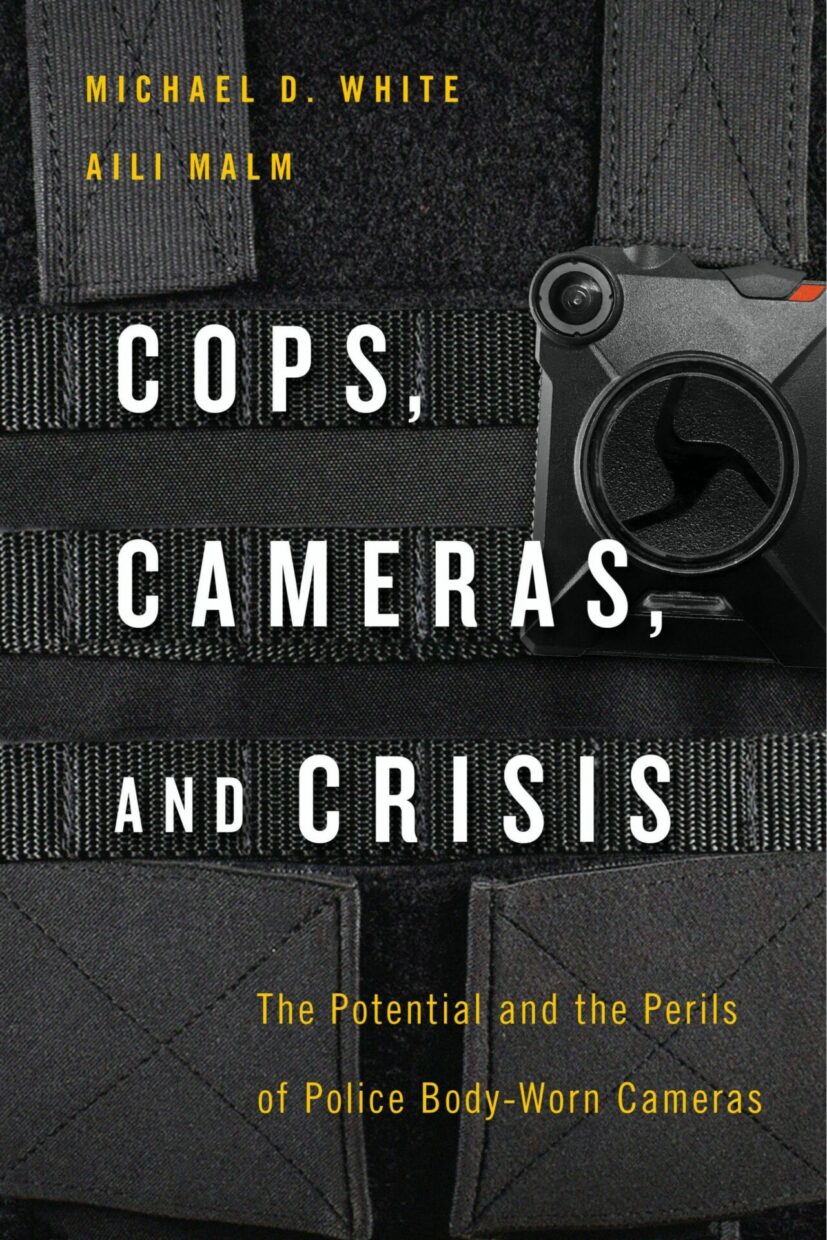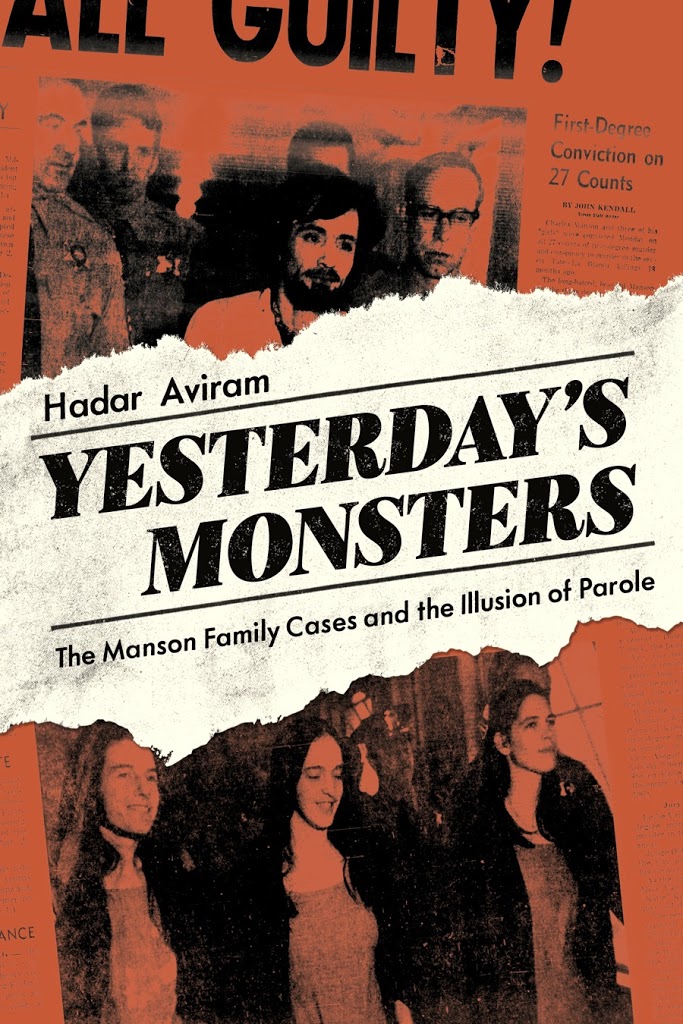
One of the hottest stories from quarantined Israel is the fierce Haredi (Ultra Orthodox) objection to the closure of mikvaoth (ritual bathhouses.) Almost two weeks ago, Ha’aretz reported:
Another issue of concern is immersion in a mikveh, a ritual bath, especially for women, who must immerse every month under the rules of family purity.
“The mikvehs for women’s immersion are under constant supervision, so there is no reason to fear keeping the mitzvah of purity properly,” the Rabbinate’s document states. However, “anyone who must be in quarantine must postpone her immersion until she is permitted back out.”
Indeed, keeping the mikvaoth open is strongly suppported (!) by Israel’s health minister Ya’acov Litzman, himself a haredi man. Decrees published late at night confound the Israeli public with contradictory policies: the decree was to close the mikvah for men, but keep it open for women. If you’re looking for a patriarchal angle, here it is: women’s access to the mikvah to purify themselves after their monthly period is a prerequisite for having sex, and is therefore in the best interest of their husbands. Then, they changed course and reopened the mikvah for men also, apparently under the pressure of Ultra Orthodox groups who wanted to ensure access to this prerequisite for visiting holy sites (in itself a can of worms in the context of quarantine.)
The most recent development is Litzman’s insistence to keep the mikvaoth open because “it is inconceivable that people should be allowed to take their dog out for a walk and the mikvaoth will be closed.” When Netanyahu said, “what can we do, the virus does not respect religion,” Litzman replied, “well, we will.”
Setting aside the absurdity of a health minister who apparently does not care for the health of Israeli citizens, particularly those of his own congregation, and who will not use his insider influence to talk the Rabbis into saving their own followers, I was starkly reminded of a similar dark period in history–namely, the tragic days of the 1980s, in which San Francisco was in the throes of the AIDS epidemic and the numbers of the stricken rose every day. Young people were going to funerals incessantly, caring for each other in desperation against an indifferent administration, and waging battle on two fronts – against the disease and against homophobia.
When Mervyn Silverman, then the Director of Health in San Francisco, decided to close the bathhouses–a hotbed of gay liberation and sexual activity–he encountered vociferous objections from many in the gay community. The New York Times from 1984 reported:
Dr. Mervyn Silverman, San Francisco’s Public Health Director, said at a news conference that the 14 establishments ”have been inspected on a number of occasions and demonstrate a blatant disregard for the health of their patrons and of the community.”
He said the establishments were among 30 businesses investigated by undercover health officials since an April ordinance went into effect banning ”unsafe” sexual activity at sex parlors and bathhouses. The 14 that he ordered closed have not complied with the ordinance, said Dr. Silverman, who has been under pressure from Mayor Dianne Feinstein to order the shutdowns.
The authorities posted closing notices effective at noon on the sex club buildings. If a notice is ignored, the city would go to a judge to obtain a court order shutting down the operation.
Dr. Silverman’s announcement came just a week after the department released figures showing an increase in reported AIDS cases in San Francisco, where officials estimate that 15 percent of the city’s population of 700,000 is homosexual.
Last month 39 new cases of AIDS were reported, for a total of 723 since July 1981. Eighteen AIDS patients died in September, the department said. According to the Centers for Disease Control, a Federal agency based in Atlanta, 6,122 AIDS cases have been reported throughout the United States and 2,734 of those patients died.
Gay liberation activists considered this a thinly veiled effort to push the community, who had just recently achieved a modicum of acceptability, back into the closet. In the context of a similar debate in New York, the AP reported:
″My generation sees this (opposition to the bathhouses) as endangering hard-fought, hard-won and well-deserved advances. What they don’t realize is that this was before the virus came along,″ said Caiazza, whose West Side medical practice has become more and more devoted to AIDS in the past three years.
Fascinatingly, there are still people who believe–today, after all those years–that the closure was an unnecessary homophobic move. Gayle Rubin writes:
Proponents of bathhouse closure, such as Randy Shilts, argued that their program was an obvious common sense measure to save lives. They portrayed the debate about closure as one pitting public health against civil liberties. Shilts in particular wrote as if public health professionals were in agreement on the desirability of closing the baths, and that only political considerations were preventing them from doing so. (Shilts 1987)
On the contrary, bathhouse closure, far from being an obvious public health measure impeded by political pressure, was a case of political pressure overwhelming public health considerations. Public health professionals were not unanimous about the necessity or desirability of closing the baths, which stayed open in most other cities. It is ironic that while there are still no legal gay bathhouses within the San Francisco city limits, establishments in nearby municipalities such as Berkeley and San Jose have continued to thrive.
It is arguable that what mattered in the long run was changing behavior, not its location. Closing the baths may have actually impeded the progress of safe-sex education. Even in situations where the ownership did not cooperate, safe sex was spreading, like the epidemic itself, from person to person, through sexual contact, as men would engage each other in discussions of what they were or were not about to do. Wholesale closure eliminated opportunities for sex education along with opportunities for sex. At the baths, the concentrated populations of those at high risk for AIDS provided opportunities for educators to disseminate condoms along with written guidelines for AIDS risk reduction. (Murray & Payne 1988; Bolton 1992)
The social costs of closing the baths were treated cavalierly. Those who pushed for closure appeared to assume that nothing important or good ever happened in the sex palaces. They failed to recognize the baths and sex clubs as important institutions that served many needs within a diverse gay male community. (Brub 1996) The major gay baths had deep pockets and expensive attorneys, and could afford a protracted legal fight. By contrast, many of the leather clubs were relatively small operations in which a dedicated owner had invested most of his capital and a great deal of personal commitment, and they could not afford prolonged litigation. Calls for closure quickly claimed most of the specialized leather, SM, and fisting sex clubs even before any city actions were taken, and as the agitation intensified, most of the men who ran the leather clubs elected to shut down and limit their losses. The wider social and economic fallout from closure was also substantial. While the owners of bathhouses were frequently vilified as greedy capitalists (and some undoubtedly were), the debates never grappled with the importance of the baths to gay male social life or the economic impact of closure on the gay economy.
I vehemently disagree with Rubin: Closing public bathing facilities in the face of a pandemic, whether they cater to the haredi or the gay community, is not a “case of political pressure overwhelming public health considerations.” If anything, the vociferous insistence on the opposite policy is a textbook example of precisely that. While it may be true that people who hate haredim or who are deeply homophobic find a measure of schadenfreude in the resulting harm to community morale–and the pain of that should certainly be acknowledged–when saving lives is at stake, we absolutely must do what we can.
It’s instructive to read Silverman’s aftermath thoughts about the closures, as he laid them out in an interview in 2004:
What was unique here was that people could come there and have multiple partners, as many as 20 or 30 a night. Most men, heterosexual men, could not understand how this was possible, but if you are the recipient, then obviously you could have as many partners as you can tolerate. And if you had 30 partners, and one or more of those partners was HIV positive, there was a good chance, not necessarily every night or whatever, but you were placing yourself at great risk — unknowingly, of course, in the early years — at risk for getting infected. …
The mayor at that time said, “If you save one life, then it’s worth closing the bathhouses.” At the time that this was going on, it was my feeling that we wouldn’t save one life; we would lose many more, because the bathhouses represented 5 or 10 percent of the gay community on any regular basis. That’s who frequented those bathhouses. That left you with 90 or 95 percent of the community you needed to reach, because if you could make the bathhouses disappear overnight, you weren’t going to make the transmission of this virus disappear overnight. One had to think of the entire community, and how do you reach that community and get a behavior change?
Interestingly enough, before any of the drugs were discovered and out in general distribution, the rectal gonorrhea rate in this city dropped from 100 percent that we had figured that we had before down to 15 percent. There was an 85 percent drop. The reason I bring that up is in the early years, that was what we were using as a surrogate marker. We didn’t have HIV identified or the test, so we figured if someone had that, there was a good chance they may have whatever this new disease was. This dropped 85 percent before any drugs, and the reason it dropped was the exposure that the Health Department and working with the gay community had in getting the message out and getting behavior change, a behavior change never seen before.
If you have an obesity clinic, a smoking cessation clinic, a drug substance abuse clinic, where you’re trying to get people to stop, and you get a 20 percent success rate, … you feel you’ve had a success. We’re talking here about an 85 percent drop in rectal gonorrhea. That meant that from a public health perspective, we must have been doing something right.
Had Litzman not been, essentially, a mouthpiece for Rabbis who flout state law and regulation, he could have been a bridge that reaches across the abyss with empathy and compassion for the community’s plight. There is still an opportunity to do this, because every day that the mikvaoth remain open is another victory for the contagion. I write this being fully aware of the fact that I’m not on the receiving end of such measures, and that–as opposed to Rubin–I didn’t live through the worst of the AIDS epidemic and perhaps that dulls my appreciation for the psychological blow that the closures had on the community. While emergency measures must be taken if lives are to be saved, we can do so as we express sensitivity to people’s communities, sense of collective identity, and allegiance to community norms.
There is an additional point that matters a lot. Recently, Cianna Stewart, who worked on the front lines of AIDS prevention in the 1990S, wrote a piece comparing her personal experiences of the two pandemics. She found many similarities between the two experiences, but some important differences:
- this timeline is much faster
- this virus is much easier to spread
- a racist/xenophobic backlash operates differently from a homophobic backlash because while individuals are being racist against Chinese (and perceived Chinese) people, as a society we have a different understanding of how racism is wrong, in contrast to the societally-supported moral outrage against gays and bisexuals which was widespread then and still lingers to this day (it’s also different that now we have a President who is actively stoking the racism where before the Presidents primarily engaged in homophobia and racism by omission)
- the coronavirus is spread through everyday activities, while HIV is spread primarily (although not exclusively) through vilified behavior and actions veiled in secrecy (for example: it’s generally easy to have conversations with family about wanting to play basketball or hug people, but generally hard to talk with family about longing for unprotected sex)
- COVID-19 has the potential to spread through families and there are many stories about families in grief about not being able to be with their dying loved ones, in contrast to people getting kicked out of their families for being gay and/or when they contracted HIV (I will note that in the early days of the AIDS crisis there was a lot of fear and misinformation about routes of transmission and some families wanted to be with their dying but were afraid or prevented from doing so)
- people don’t have to get infected or know anyone who’s infected in order to feel their lives are being torn apart by this pandemic because it already has had a broad economic impact that is likely to get worse, and in the short term is devastating for so many individuals and in the long(er) term may push us into a depression and is likely to restructure our global economy
- many people in epidemiology circles have been predicting a superflu pandemic like this for a long time and we shouldn’t act like it’s a surprise
To the extent that the decision to close the bathhouses in 1984 is still controvesial, a decision to close the mikvaoth should be consensual precisely because of these factors: the fast spread of the virus, the contagion, and the spread through everyday activities that cannot be stereotyped as prioritizing one group over others.
Mr. Litzman, while it is too late for too many people, it is not too late to save lives in a community ravaged by this virus. Close the mikvaoth now.
UPDATE: Litzman and his wife have both tested positive to COVID-19 and thus forced government officials into quarantine – this after being the only minister refusing to have his temperature checked at the entrance to the Knesset. Israeli doctors are demanding his resignation.





